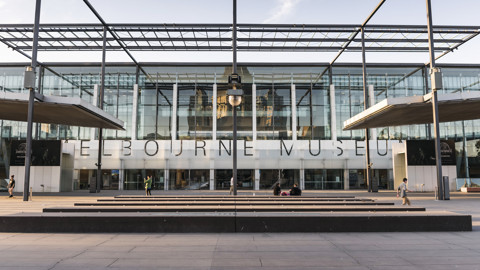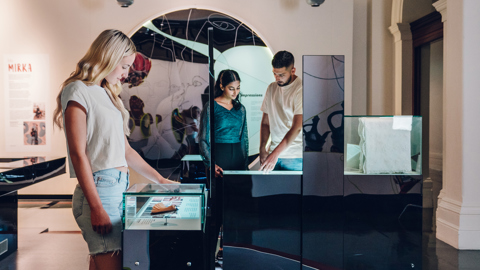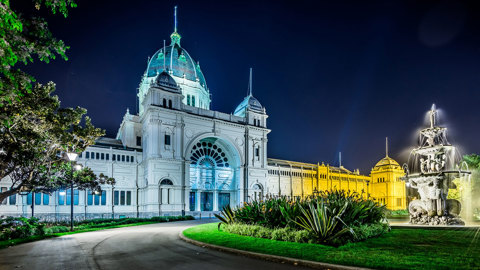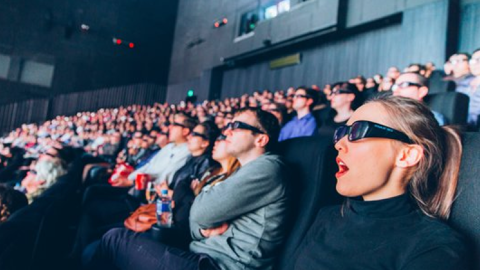Finding common ground: Engendering a sense of belonging in museum exhibition spaces
Moya McFadzean
Abstract
A central tenet of many museums, and certainly of Melbourne’s Immigration Museum, is to engender a sense of belonging in all our visitors and collaborators. But what does that actually mean? The term ‘belonging’ can become a truism – meaningless if not regularly revisited in the context of our own spaces, collections and engagement practices. An aspiration of inclusivity and reciprocity is laudable and desirable, but wishing doesn’t make it so. We can equate ‘belonging’ in a museum context with welcome, trust, inclusion and safety; with providing audiences and collaborators with moments of acknowledgement and opportunities for self-recognition. Can belonging also have space for the uncomfortable, which is often about seeing some people’s ‘unbelonging’ and which then instigates challenges to people’s own assumptions about, or comfort in, their own belonging? This article reflects on a selection of recent exhibitions at the Immigration Museum in Melbourne, and our endeavours to create experiences of individual and collective belonging for visitors – our successes, stumbles and ongoing challenges.
DOI
https://doi.org/10.24199/ERSD7150
Citation
McFadzean, M. (2025). Finding common ground: Engendering a sense of belonging in museum exhibition spaces. PRISM, 1, 66–89. https://doi.org/10.24199/ERSD7150










